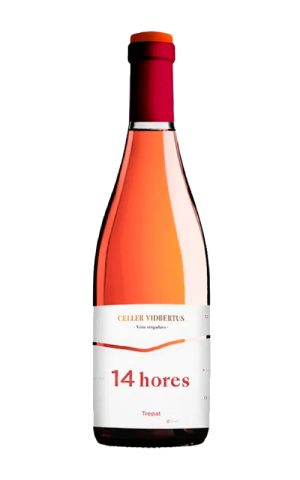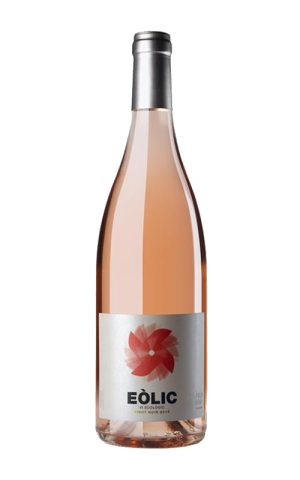Rosé wine has a history dating back thousands of years, and it is likely that the first wines made were more similar to today’s rosé wines than modern red or white wines. In ancient times, wines were produced using very rudimentary techniques, and brief contact with grape skins resulted in rosé wines rather than intense reds. Throughout history, rosé wine has been especially appreciated in Mediterranean regions, where its freshness made it ideal for warm summers. France, especially the Provence region, is known for having maintained a tradition of producing quality rosé wine over the centuries.
Rosé wine is produced in various regions of the world, each providing its own unique character depending on geographical conditions:
- Provence (France): Considered the most emblematic region for rosé wine, with calcareous soils and a Mediterranean climate that provides excellent conditions for the production of light and aromatic rosé wines.
- Navarra (Spain): A region historically recognized for the production of rosé wine, with alluvial soils and a continental climate with Atlantic influence that allows optimal ripening of the grapes.
- California (United States): With a diverse climate that allows the production of rosés in a wide range of styles, from light and fresh to more fruity and complex.
- Penedès (Catalonia): Known for producing fresh and fruity rosés, thanks to a Mediterranean climate and diverse soils, ranging from calcareous to clayey.
Rosé wines can be classified according to their intensity and production method:
- Light or Provencal Rosé: Characterized by a pale, almost salmon color, and a fresh and light flavor. It is the most common style in Provence.
- Fruity Rosé: With a more intense color, often with notes of ripe red fruit and a more present body.
- Rosé de Saignée: Made through a “bleeding” process, where part of the grape must is removed during the production of red wine, resulting in a rosé with more body and intensity.
- Sparkling Rosé: Like rosé cava, which is produced following the traditional method of fermentation in the bottle, with a touch of bubbles that adds freshness.
The grape varieties used for the production of rosé wine are diverse, depending on the region and the style of wine:
- Grenache: Widely used in Spain and France, it provides red fruit flavors and a lively acidity.
- Syrah: Known for giving wines with more intensity of color and notes of berries and spices.
- Tempranillo: It provides notes of cherry, berries and a smooth structure, being popular in Navarre and other Spanish regions.
- Pinot Noir: Often used for the production of more delicate and elegant rosés, especially in Champagne and other cool regions.
Rosé wine is characterized by its freshness, with a pleasant acidity and flavors that usually include red fruit such as strawberry, raspberry and cherry, as well as floral notes and, in some cases, Mediterranean herbs. It is a light and easy-drinking wine, which is especially enjoyed in warm seasons, but it can also have a remarkable complexity depending on the grape varieties and the winemaking techniques used.
In recent years, rosé wine has undergone a real renaissance, gaining popularity around the world. Although it was long considered a less serious drink than red or white wine, today it is recognized for its versatility and ability to pair with a wide variety of dishes, from salads and seafood to light meats and Asian cuisine. Its production has expanded to new regions, with innovations in winemaking methods that allow a greater expression of flavors and aromas. This has led to a revaluation of rosé wine as a quality option, capable of satisfying both the most demanding palates and casual consumers.




